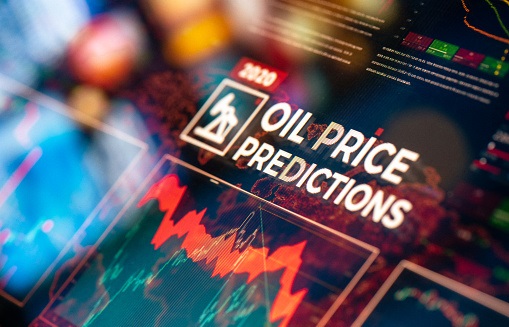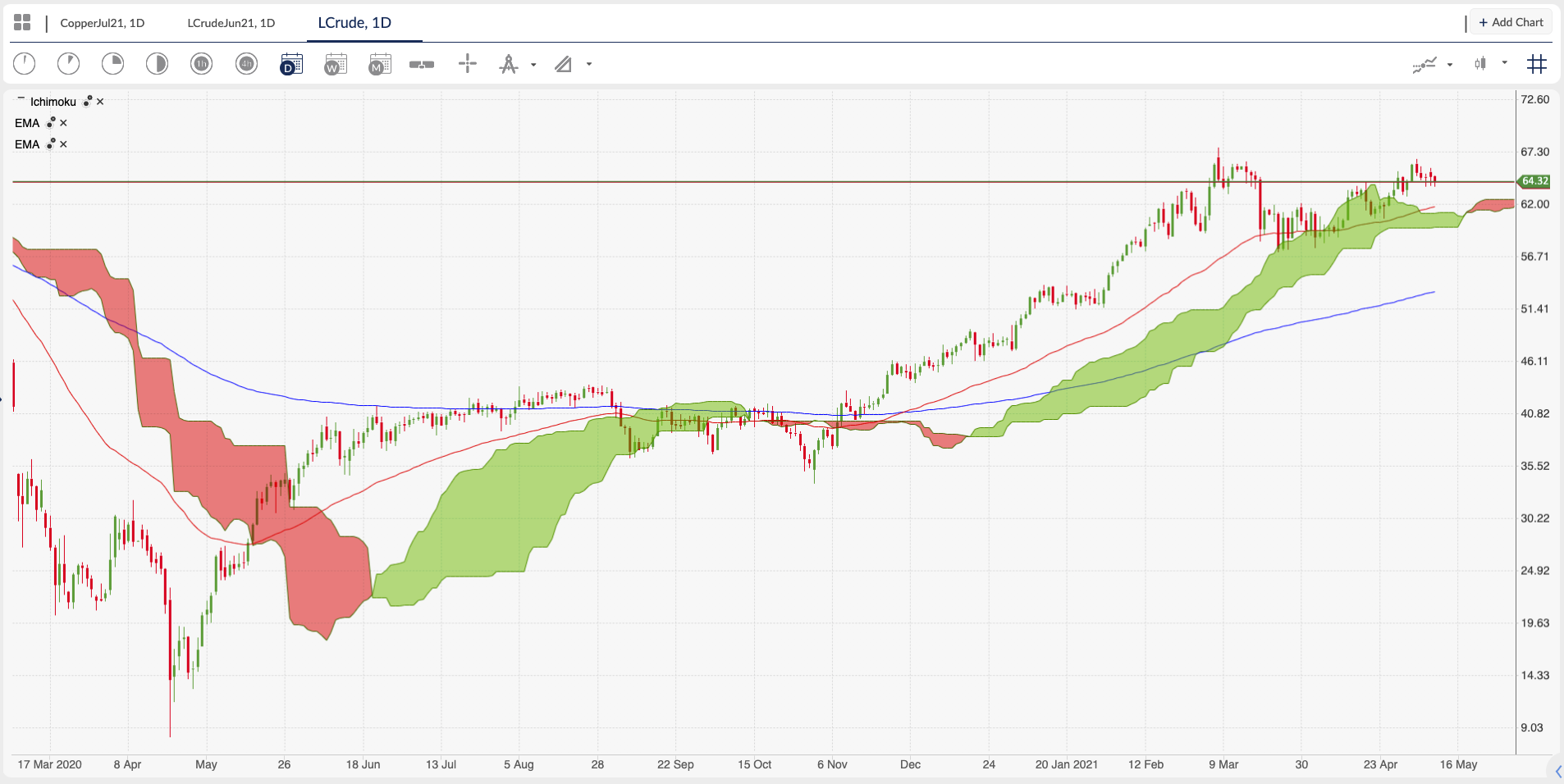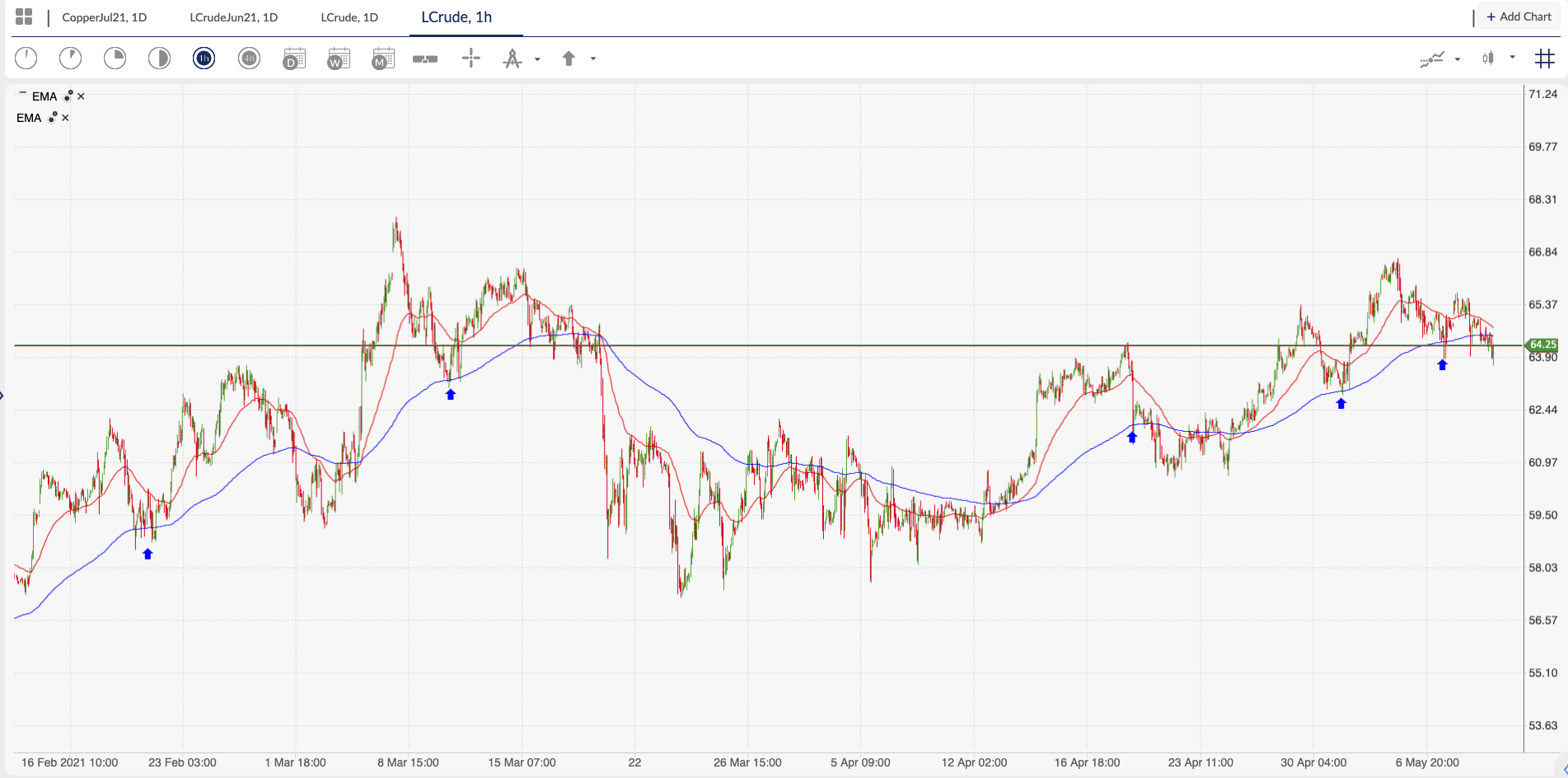Oil market analysis
May 2020 saw global oil markets witness an unprecedented event as the leading oil producers built up inventories, while the world went into a demand shock due to the enforced global shut down, and full-on COVID-19 pandemic.
Currently, inventories are getting near to normalisation as supply from OPEC+ is kept to a reasonable pace and the global demand increases, as countries roll out their COVID-19 vaccines programmes. The biggest worry to the World Health Organization and OPEC+ nations is the COVID-19 variant, which is ripping through the world’s third-largest crude importer, India.
In the US, oil demand is closing in on pre-pandemic levels, but they are now at a possible policy inflexion point, due to the disappointing jobs data last Friday. There is growing concern that the current policies are not encouraging people to get back to work, which is economically not great as business, manufacturers and retailers need all economic activity to pick up, which would be reflected further in increasing demand for oil.
As we get closer to the traditional driving season and come out of the refinery maintenance season there is still likely to be an increase in global oil demand but with one caveat around the current Indian COVID variant. Over the next six months, northern hemisphere temperatures rise, and people are outside a lot more, so generally, virus numbers and infection waves should drop, creating an environment conducive to more economic activity. In the UK we are about to have the majority of COVID-19 related restrictions lifted, and tourism will be making its way back into our lives.
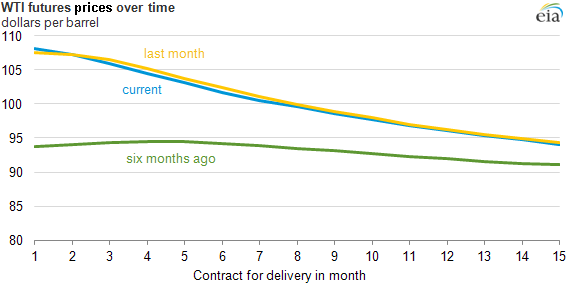

Since the start of 2021, the oil prices along the futures curves have been in Backwardation signalling a supply tightness. Backwardation is when the current Spot price of an underlying asset is higher than prices trading in the futures market. Whereas this time last year the front-month contract in oil was cheaper than the proceeding months, to the point where we had seen contracts go into negative prices. Trading a market in backwardation would be to sell short at the front month price and buy at the lower future price and reverse that trade when the product goes into Contango, taking profits along the way or locking in prices if you are a producer.
The fundamentals




Each week we receive the US Energy Information Administration (EIA) and American Petroleum Institute (API) reports, along with the US oil rig count.


The current US Oil Rig count shows an increase in activity but far from the pre-pandemic levels. In the April 2021 API report, the data for March 2021 said that “petroleum markets demonstrated a measured recovery following the winter emergency disruptions that affected oil supply, trade, and inventories at the beginning of February”.
Under President Trump, the USA was able to become ‘Energy Secure’, not reliant on any other nation and a net exporter of oil in 2020. This was part of the reason why the price of Oil got crushed due to oversupply, as the OPEC+ nations were attempting to price out the US Shale industry which has higher costs and needs higher prices, compared to oil-rich nations that see ‘Black Gold’ oozing out of the ground without the need of complicating fracking production. In the April 2021 EIA report, the US was a petroleum net importer for the month, as imports rose by more than exports.
Overall US domestic demand for petroleum decreased to 19.1 million barrels per day but showed rural gasoline demand had increased by 632,000 barrels per day over February. In February refiners in the USA had disruptions caused by a big freeze in Texas.
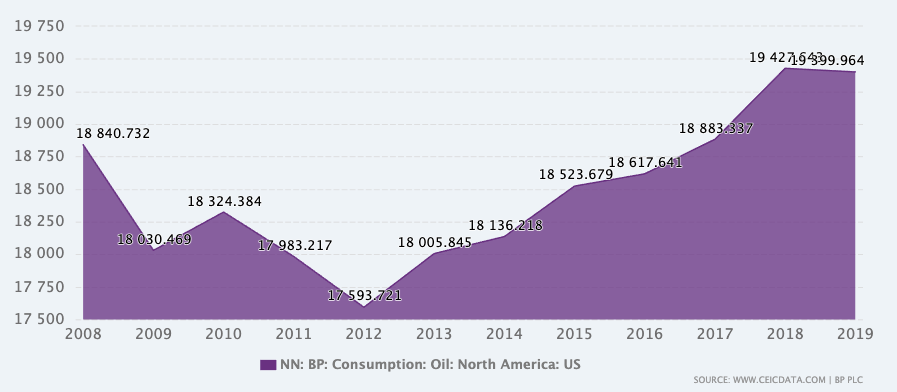

Consumption for petroleum products in the USA is going to decline as the move overall gradually into renewable energy is incentivised. Renewable energy is on President Biden’s green agenda and falling technology costs within the renewable markets are creating competition to natural gas and are taking market share from coal and nuclear. There is a move to electrification and there is a disbelief that oil will be totally side-lined by 2050, as it is by far the easiest way to create electricity at the magnitude required for a new electric age.
The Organisation for Economic Co-Operation and Development (OECD) also monitors global oil inventories and they recently noted commercial oil inventories had fallen for the seventh consecutive month in February (the latest IEA data) by 55.8m barrels per day (bpd).
Trading headlines
In today’s news, the headlines read “Oil prices fell more than 1% on Tuesday”, as WTI crude fell back to $64.2 a barrel, with Brent trading around $67.6 a barrel.
This headline news follows an announcement that OPEC+ has cut its demand forecast for the second quarter of 2021 by 300,000 bpd due to the demand disruptions from India’s COVID-19 crisis. Oil prices are up more than 30% in 2021 but there is a growing amount of evidence in the commodity’s sector that at these lofty prices with continuing uncertainty, the markets are susceptible to profit-taking and price corrections.


For example, the cost of Lumber has been increasing due to the supply shocks and the increased demand as home builders struggle to keep up with families moving out of the cities into the rural communities. Lumber futures had been parabolic and were a concern for Warren Buffet who owns the largest homebuilding firm in the USA.
The price of commodities in a house had pushed the house prices up by 30%, and people can pay these elevated costs due to cheap credit. Yesterday, the May-July calendar spread in Lumber collapsed all of its gains, indicating that these supply shocks and inflation trades can quickly end if the COVID-19 variants keep causing disruptions.
Technicals
See real-time quotes provided by our partner.
WTI oil is struggling to get back above the March 2021 highs of $67.83 and the prolonged sideways consolidation has caused the Ichimoku cloud to signal a potential bearish reversal, as seen by the red projected cloud. With the support becoming narrower on this trend following indicator, the likelihood of prices staying above the cloud to be tested diminishes. In favour of continuing upside, the daily 50 exponential moving average (EMA) is above the daily 200 EMA and this is also an indicator of strong momentum to the upside. With the 50 EMA acting as support throughout March and the golden cross occurring back in December 2020.
A year ago, we were starting from the lowest prices and now we are back to pre-pandemic prices with generally increasing demand and lower supply. This should be supportive of higher prices, but the COVID-19 variants are going to keep causing uncertainty and that is the one thing markets do not like.
For now, if you were today trading the energy markets, using a buy the dip strategy will be best while the small-time frame charts are in line with the daily chart. As an example, if you were to use the H1 chart with a 50 and 200 period EMA, taking a pullback to the 200 EMA when the 50 EMA is above the 200 EMA would be in line with the Daily chart and from eyeballing the current H1 chart would keep you out of a bad trade way most of the time.
See real-time quotes provided by our partner.
Currently, the H1 chart shows the 50 under the 200 EMA, so would be best to wait for a support level to be found and then evidence of a bullish market structure before making a long trade.
